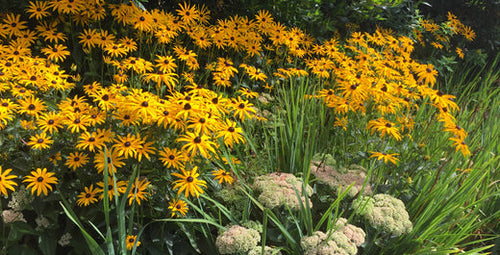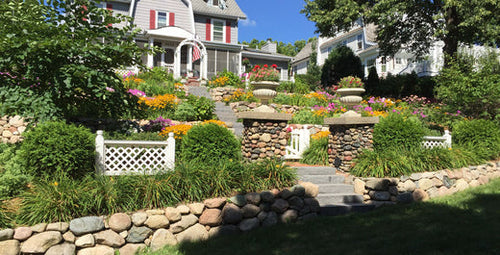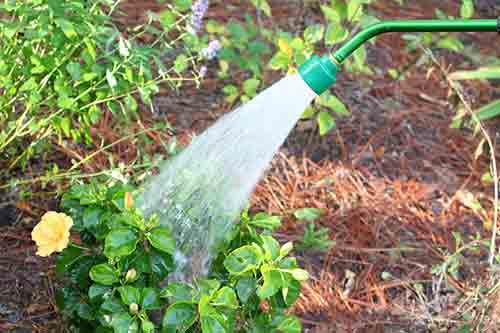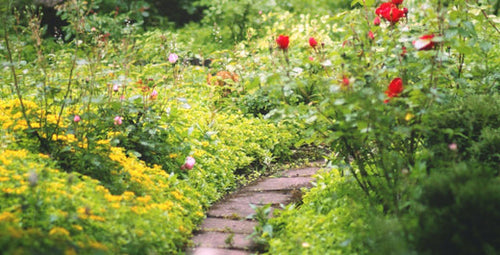 Having a garden that’s in bloom from spring to fall is easy with a little planning. Perennials, for example, bloom in specific seasons, often flowering for 4 to 8 weeks before going out of bloom. After they bloom most still look great in the garden, but they won’t flower again until the following year. That’s why you always need to mix early spring bloomers such as bleeding heart, woodland phlox, candytuft, and catmint with late spring/early summer plants such as peony, baptisia, coneflower, and lily. As the season progresses late summer/early fall perennials kick into bloom such as aster, chrysanthemum, and Joe pye weed.
Having a garden that’s in bloom from spring to fall is easy with a little planning. Perennials, for example, bloom in specific seasons, often flowering for 4 to 8 weeks before going out of bloom. After they bloom most still look great in the garden, but they won’t flower again until the following year. That’s why you always need to mix early spring bloomers such as bleeding heart, woodland phlox, candytuft, and catmint with late spring/early summer plants such as peony, baptisia, coneflower, and lily. As the season progresses late summer/early fall perennials kick into bloom such as aster, chrysanthemum, and Joe pye weed.
However, even the most well-planned perennial garden will experience gaps of color as the different species of perennials come in and out of bloom. That’s why I always add a generous helping of annual flowers to my perennial borders. I tuck annual flowers (which bloom nonstop all summer long) in every gap I can find in the flower border. Low-growing annual flowers such as sweet alyssum, calibrachoa, purslane (aka portulaca), and mercadonia make super edging plants for the edge of the garden. In this bed, a patch of portulaca surrounds some young ornamental grasses that won’t flower until fall.
In the spring, when the temperatures are still cool I use pansy, dusty miller, calendula, lobelia, and snapdragon to create bold drifts of color scattered throughout the border. And later, as the temperatures rise, I start adding more heat-tolerant annuals such as salvia, zinnia, marigold, portulaca, verbena, and pentas to any open spot I can find. For example, here a ribbon of cheery Profusion zinnias was used to add an extra shot of color to the jewel-toned foliage of heuchera.
 Sometimes, though, adding annuals to an established border can be difficult if the perennials have extensive root systems. When that’s the case, I’ll pot up a few large, ornamental containers with annuals and set them at each end of the border. That way, the border gets an extra kick of color and I don’t have to fight the perennials to get the annuals in place.
Sometimes, though, adding annuals to an established border can be difficult if the perennials have extensive root systems. When that’s the case, I’ll pot up a few large, ornamental containers with annuals and set them at each end of the border. That way, the border gets an extra kick of color and I don’t have to fight the perennials to get the annuals in place.
Confused about what is an annual or a perennial? Learn the difference.
Written by Doug Jimerson

















